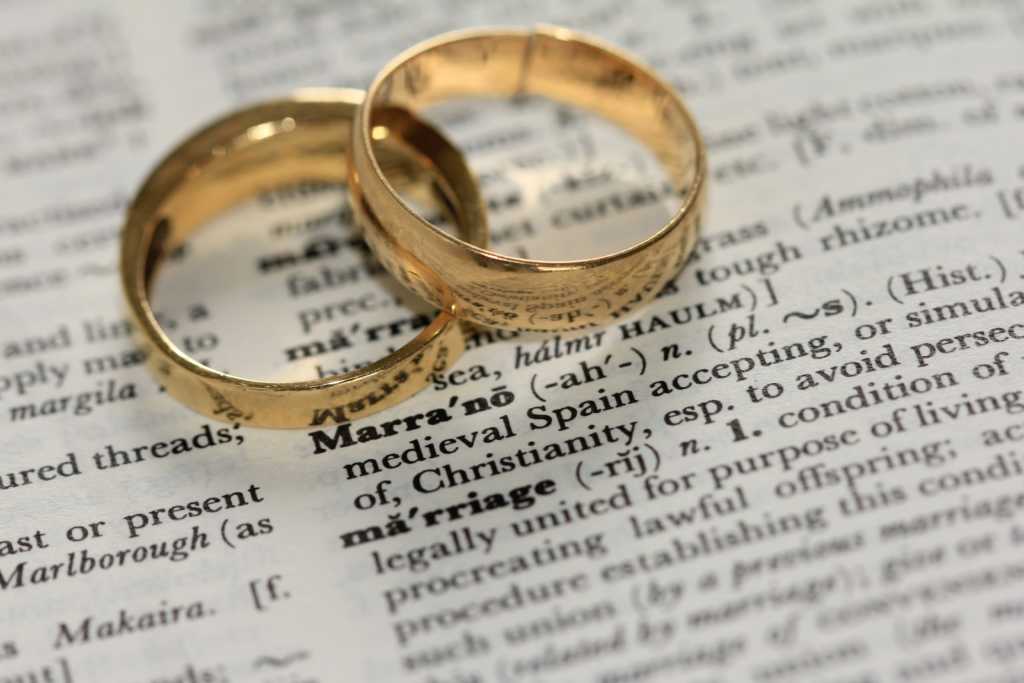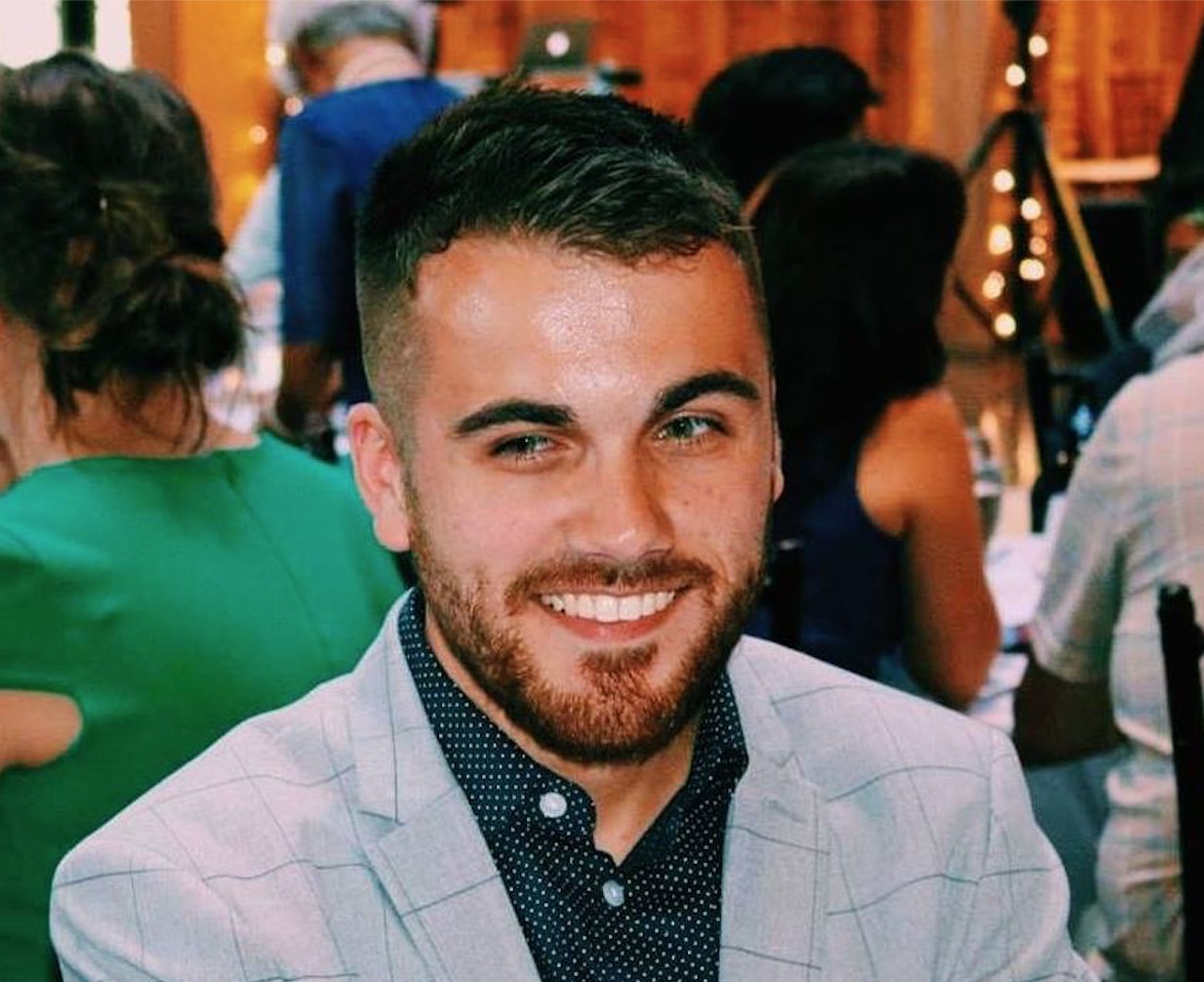Despite the better judgement of Chief Justice John Roberts, it was promised the Supreme Court’s 2015 ruling redefining marriage to include same-sex unions wasn’t paving the way for legalized polygamy. Alas, here we are: CBSN has produced a documentary apparently “normalizing polyamory.”
In his dissent to the ruling on Obergefell v. Hodges, Roberts argued, “Indeed, from the standpoint of history and tradition, a leap from opposite-sex marriage to same-sex marriage is much greater than one from a two-person union to plural unions, which have deep roots in some cultures around the world.”
Even with Roberts’ comments, though, the concerns of conservatives and Christians were cavalierly dismissed, with one Slate writer explaining in great detail why the chief justice “is wrong.” In reality, though, his thoughts were in lockstep with a cultural shift already well underway.
Interestingly, and even a little ironically, Slate national correspondent William Saletan — echoing the words of retired Justice Anthony Kennedy — sought to differentiate homosexuality from polyamory by arguing the former is “immutable” while the latter is a choice. The secular left has long made the case sexual orientation is inborn (Lady Gaga even wrote an entire song about it) so attempts to make that claim about polyamory now ring a bit hollow.
Several of the people featured in the forthcoming CBSN documentary, which airs in full Sunday, expressed their fears about not being accepted and others not understanding that polyamory is a part of who they are as individuals.
One man in the documentary, Alex, who is married to his wife Bridget, admitted he has been reticent to tell his family about his polyamory, though most people in his friend group already know his marriage is open.
“I just want them to know that I love them all very much and this is very scary for me to tell them how I really am because the last thing I want is for them to reject me,” he said with tears in his eyes. “That feels like it would be devastating.”
Similarly, Brandi George, who is involved in a “polyamorous triad” with another woman and a man, said she was “terrified” to let people in her workplace know about her polyamory because there are no legal protections in place for people who practice “consensual non-monogamy.”
George, a teacher, was also scared of not being accepted for who she is.
“My students, like, they give me oxygen, they give me life,” she said. “And so to have that taken from me would have just, like, devastated me. So I was just very aware that that could happen and that I would have nothing. And how could I provide for my kids if I don’t have a job?”
The documentary is also heavy-handed in its suggestion that, following the ruling in Obergefell v. Hodges, the government failed to adequately extend protections to polyamorous people.
Much like George, Madhy, a man from Brooklyn who is engaged in a “throuple” with two women, one of whom he is married to, felt left out by the high court’s marriage ruling in 2015.
“Two or three years ago, they were doing the whole marriage equality thing, but in my head, it was like, ‘Well, Marriage Equality Act … yeah, whatever,’” he said. “Because, you know, it’s never gonna be equal for us.”
Moments before Mahdy made that comment, Diana Adams, founder of the Chosen Family Law Center, explained there are “over 1,000 different rights and responsibilities that come along with marriage.”
“When I’m working with a polyamorous triad,” she continued, “marriage is not an option for them; they’re not able to opt in to any of those 1,000 rights and responsibilities.”
While it’s not clear how much — if at all — the polyamorous community is growing, the topic is certainly getting a lot more attention than it has in years past. In 2018, the American Psychological Association created a task force on “consensual non-monogamy” to promote cultural awareness about non-traditional relationship structures.
In its description of the task force, the APA stated, “Finding love and/or sexual intimacy is a central part of most people’s life experience. However, the ability to engage in desired intimacy without social and medical stigmatization is not a liberty for all.” Without knowing where it came from, many would assume the APA was making a case for legalized same-sex marriage.
This, though, is about polyamory.
According to data compiled a few years ago, an estimated 4 to 5 percent of people living in the U.S. are polyamorous or are actively participating in open relationships, while 20 percent of people have at one point engaged in some sort of “consensual non-monogamous” activity.
American acceptance of polygamy — and, by extension, polyamory — has steadily increased over the years, though it is still a cultural taboo. For the first seven years (2003-2010) Gallup measured moral acceptance of polygamy, the rate of U.S. adults who described it as “morally acceptable” was consistently in the single digits. Then, in 2011, it rose to 11 percent. Five years later, in 2016, it rose to 14 percent, and one year later, it jumped to 17 percent.
With all this in mind, it’s becoming more difficult to see how Roberts was so wrong.



